Murano Glass
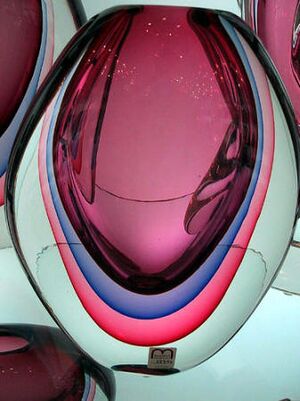
Murano is a small island located north of Venice. It was once the center of a thriving trade and still today exists as a popular city known for glassblowing.
History of Murano Glass
The art of glassblowing has existed for centuries. Researchers have traced it back to the 8th century from a discovered document written by a monk, Domenico, which explains the technique of creating fioles, or glass bottles ,from blowing glass.
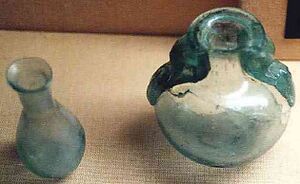
It is suspected that Europeans began the trade in the 8th century after explorers discovered the art form from trade with Middle Eastern countries. Although glass was used prior to the 8th century in Europe, it was molded rather than blown, and the new art of glassblowing made for a thriving industry.
Murano was its own country and its thriving industry of glassblowing began in 1291 when glassblowing moved from Venice to Murano to avoid large crowds and chance of fire. At that point in time Venice was heavily populated and most of the buildings were made of wood. The heat required for glassblowing was too much of a risk for the industry to remain in Venice.
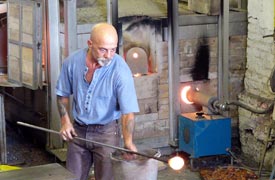
Glassblowing remained and thrived in Murano because of strict laws enforced by the government of Venice. Glassblowers were forced to remain in Murano while performing their skills. It is believed that the government of Venice hired men to monitor the glassblowers and keep them confined to Murano. They were instructed to capture and murder those who tried to escape. Venice did not want any skills of the art disclosed to other countries or foreigner in order to preserve their industry. Forcing glassblowers to Murano brought great prosperity to the industry because of the uniqueness and beauty of the products. Although glassblowers were strictly supervised, they were also respected. Venice prospered and the daughters of glassblowers were allowed to marry into nobility.
New Techniques and Discoveries
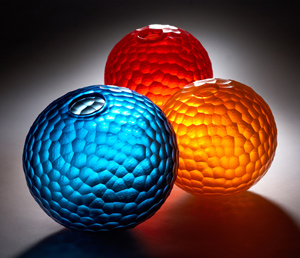
In the 15th century Italy became known for its Cristallo, or transparent glass, discovered by Angelo Barovier in Murano. New discoveries such as Lattimo, or white glass, also added to growth of the city. Engravings also became popular in the 15th and 16th centuries. There were many more unique styles and techniques, which caused the glass trade in Venice to boom. Some styles include a ghiaccio, which refers to a “finely cracked surface;” battuto, which creates the illusion of fish scales; trasparente colorato, which is described as Cristallo with a tint of color; sommerso, which refers to a layered glass effect, and many more. Many famous people of nobility status visited Murano for its glassblowing techniques.
Decline of the Trade

With competition and the increase of other promising trade centers such as France, the decline of the glassblowing industry in Venice was inevitable. The development of new trade centers caused newer trading paths to be discovered, negatively impacting Venice. Eventually, the secrets of the art were divulged and other countries began to develop their own techniques and styles. With the change of style came the decline of Venice’s once superior industry. Bold and thicker forms of glass were now desired rather than the Murano style. In 1797 Napolean’s troops took over the Republic of Venice, thus defining the end of the Murano glassblowing industry.
Revival
In 1860, Murano’s lost glassblowing industry saw a small revival when Vincenzo Zanetti opened the Glass Museum of Murano, where he brought back lost styles and techniques of Murano glassblowing. Also with the help of Antonio Salviati, who opened Salviati & Co. to reintroduce lost styles, Murano’s glassblowing industry was on the rebound. It wasn’t until 1866, when Venice became a part of Italy that the industry began to show true signs of revival. The Revival was cemented in 1895 at the Venice Biennale, or showcase art exhibit held once every two years, where renewed interest in the art form was displayed.
Murano Glass Today
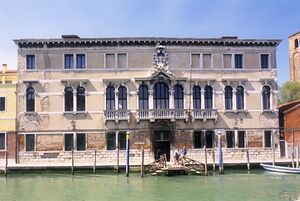
Murano glass remains popular today throughout the world. It is a great tourist attraction and is often purchased as souvenirs. The Museo Vetrario and Barovier & Toso are glass museums in Murano that house the history of the art. There are also places where the art of glassblowing is demonstrated first hand. The story of Murano glassblowing is rich with history and although it began back in the 8th century, it continues to be appreciated today.